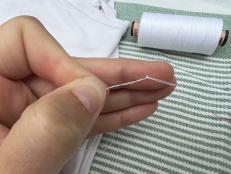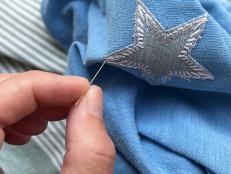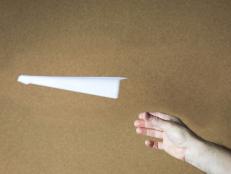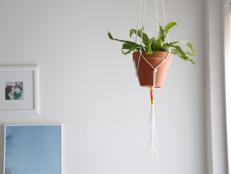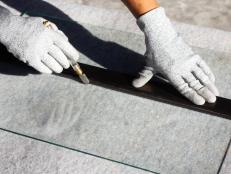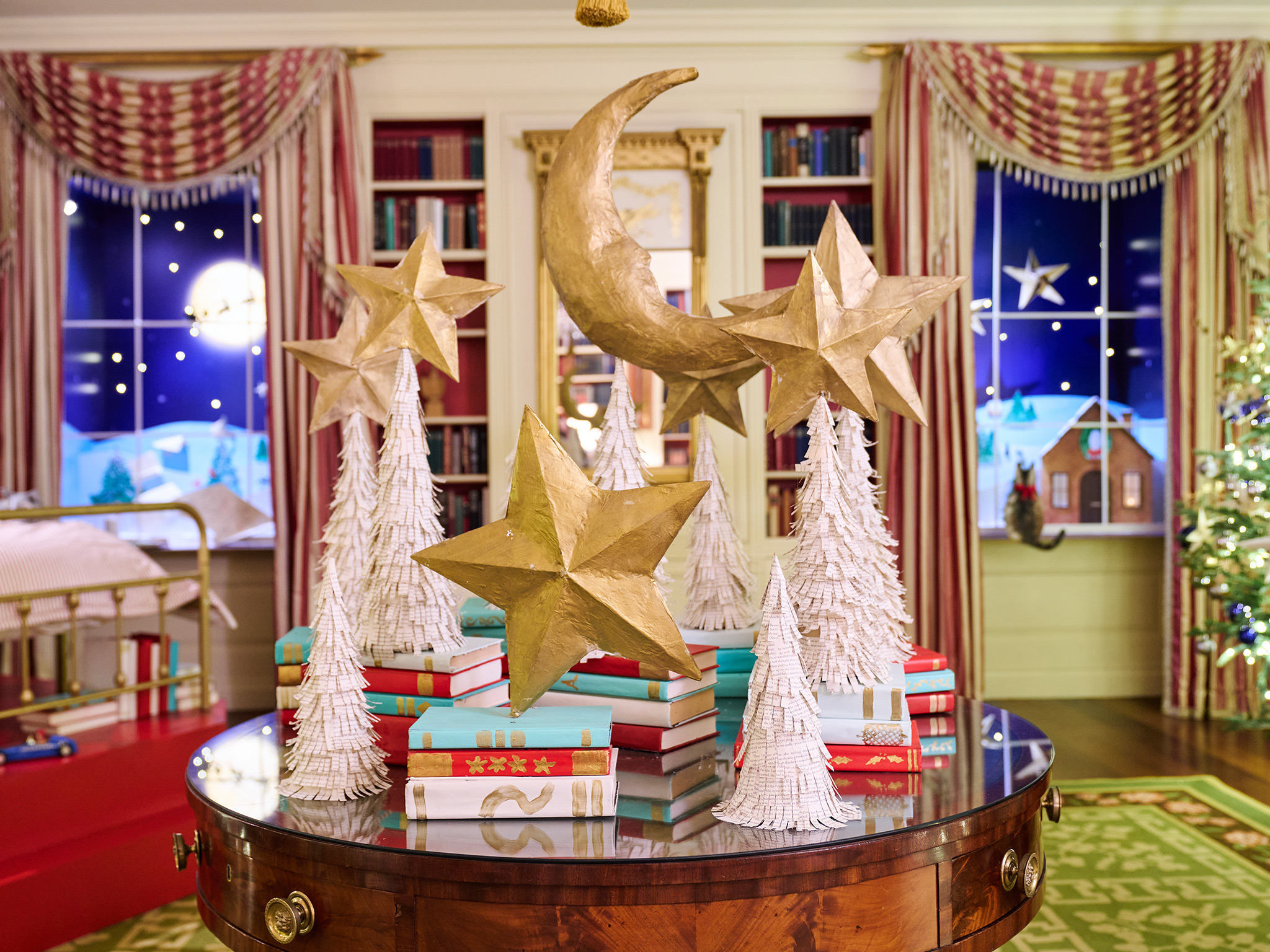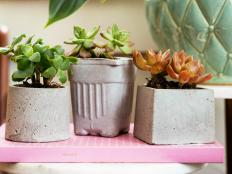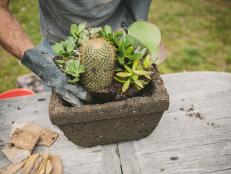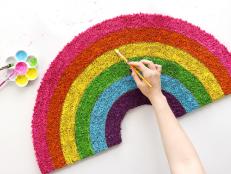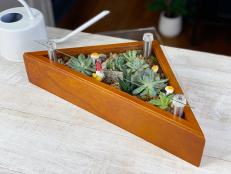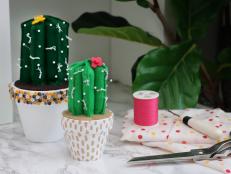How Much Chunky Yarn Do I Need for a Blanket?
Learn how to measure and purchase bulky yarn with confidence.

Could there be anything cozier than a thick knit blanket? Whether you’re using large gauge needles or arm knitting your custom piece, one of the biggest questions most people struggle to answer is: How much of that thick, chunky yarn do I need to make blanket?

Emily Fazio
The easiest way to estimate how much yarn you’ll need for a project is to start by understanding how it’s packaged and measured. In many instances, you’ll be able to purchase a single length of yarn, and it will be sold by weight. The chunkiest fibers, whether they are wool or a mixed blend, are classified as being “super bulky” (6) or “jumbo” (7) based on the thickness of the strand. Chunky wool yarn, in particular, is unspun and very pillowy, while chunky yarn blends are more processed and compacted – nonetheless, they are measured by thickness the same way.
How to Arm Knit a Chunky Blanket in Less Than 1 Hour
Purchasing a throw this size could cost up to $300. Learn how easy and time-efficient it is to make one of these handmade, chunky wool throws.
Wool distributors around the world find it easiest to price and sell unspun wool based on its volume according to weight. Online merchants will measure the weight of the product in pounds, or kilograms, and will complement that measurement with an estimate of how long the yarn is per volume. For example, they may be able to identify that 4 pounds of wool can yield a 30” x 50” blanket, and the ball contains 28 yards per pound. Crunch those numbers, and know that you’ll have about 340 feet of chunky yarn in a single ball to yield a 30” x 50” blanket. The calculations will vary slightly based on whether you are purchasing a “super bulky” (6) or “jumbo” (7) yarn.
Instead of purchasing multiple smaller balls of chunky yarn, there are certain advantages to ordering a large volume by weight if you’re planning on making a big item, because the yarn can be packaged and delivered as a single ball, making it easier to knit continuously without the need to join ends. Knots in thicker yarns are more obvious and more difficult to disguise than in thinner yarns.

Emily Fazio
How Much Chunky Yarn Should I Order?
I would always suggest ordering a little bit more than you expect, but these guidelines will help you begin to understand how much yarn is needed for general knitting projects:
Small crib blanket: 28” x 52” needs 4 pounds of yarn
Twin-sized bed blanket: 39” x 75” needs 8 pounds of yarn
Queen-sized bed blanket: 60” x 80” needs 14 pounds of yarn
King-sized bed blanket: 76” x 80” needs 18 pounds of yarn
When I used merino wool to arm knit a custom blanket, I ordered 6.6 pounds of yarn, which was enough to create my 48” x 48” blanket, so I can attest that the measurements are quite accurate. The 6-pound blanket is a really cozy, weighted blanket for our home, and it was indeed arm knit in less than one hour.

Emily Fazio
For custom sizes and uses, I strongly encourage you to reach out to the companies who sell yarn by volume, and they will be able to help you estimate weight, length, and advise on yarn thickness that may work best for your project.










